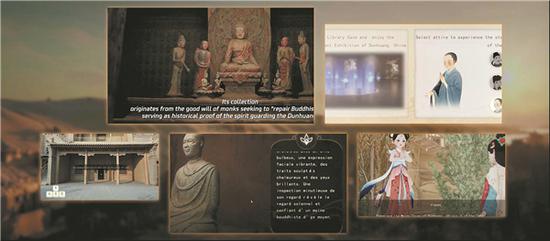
Snapshots of the English version of the gamelike Digital Library Cave program, through which users can play the role of a time-traveling explorer of a millennium's twists and turns at the Mogao Caves in Dunhuang, Northwest China's Gansu province. (Photo provided to China Daily)
English and French versions of Dunhuang's Digital Library Cave give 'tourists' new experience.
The potential of gaming technology facilitating cultural exchanges is increasing, exemplified in the English and French versions of a gamelike program, the Digital Library Cave, as it enables an expansive user base in taking a virtual tour of the Mogao Caves in Dunhuang, Northwest China's Gansu province.
Available on the Digital Dunhuang website since April 8, the global versions save foreign users the long and arduous journey to the grottoes, while enabling them to virtually witness and experience the rise and fall of the Library Cave that spanned more than a millennium.
The Library Cave, or Cave 17, is a wonder itself, not only because of the precious ancient documents found inside it. It also beholds the mystery of it remaining out of sight for almost 1,000 years and the twists and turns it went through after being accidentally discovered by Taoist priest Wang Yuanlu in 1900.
The once sand-buried treasure trove of more than 60,000 Buddhist manuscripts, government and socioeconomic documents, silk paintings, embroidery and sacred articles is among the most important archaeological discoveries of the 20th century.
By playing the role of a time-traveling explorer, users get to "participate" in a thousand years of history, from the time when the cave was built in the mid-9th century to when it was sealed and rediscovered. They also "experience" how the relics were lost or scattered, as a lot of them are now kept overseas.
A joint effort between Dunhuang Academy and technology company Tencent, the Digital Library Cave has reproduced, with a millimeter-level accuracy, the external cliff face of the Mogao Caves, its 16th and 17th caves, as well as the murals, statues and relics housed there.
It applies three-dimensional laser scanning, modeling and reconstruction technologies, as well as technological solutions and visual styles frequently used in digital games, such as physically based rendering and global dynamic lighting.
Users will interact with eight real historical figures appearing as non-player characters and can zoom in on 21 documents discovered in the Library Cave in a 3D exhibition hall.
According to Tencent, the week following the release of the Digital Library Cave in April last year saw 14 million users visit the game via the WeChat mini-program, Cloud Museum of Dunhuang Caves.
In September, the project won the "Star of Outstanding" title at the 2023 Global Awards for World Heritage Education Innovative Cases, given by the World Heritage Institute of Training and Research for the Asia and the Pacific Region under the auspices of UNESCO.
Xue Xiaoli, product designer of the Digital Library Cave, says the project's global editions aim to provide scholars of Dunhuang studies and aficionados of Dunhuang culture from around the world alternative digital access to the artifacts found in the Library Cave.
With a cover of a "game" targeting a wider audience, the program tells Dunhuang's history in a more direct, vivid and immersive way to audiences with different cultural backgrounds and age groups, Xue adds.
"Gaming technology is now extending into many more fields," says Diego Monteiro, senior lecturer of computer science at Paris-based Ecole Superieure d'Informatique, Electronique, Automatique. "As technology continues to evolve, the increasingly refined audiovisual effects, more immersive storytelling experiences, and convenience across multiple platforms and devices are progressively altering how people perceive the world."
He says the Digital Library Cave, an application of gaming technology for cultural promotion, showcases these capabilities at an impressive level, allowing more people to appreciate Chinese culture. Monteiro says that he's looking forward to seeing more such works that will enable people around the world to experience the charm of each other's cultures.
A young historian from Mexico named Diana says the program is a great way to learn and that she would be intrigued to have such technology for museums and cultures to get to know what is inside the many pyramids in her home country, including the Kukulcan Pyramid in the city of Chichen Itza that is well-protected but inaccessible.
She tested the interactive program for a video by YChina, or Foreigner Research Institute, which features foreigners' experiences and understanding of Chinese culture, entertainment and technology through short videos.
Su Bomin, director of the Dunhuang Academy, says that the Digital Library Cave reunites, reshapes and re-presents the unearthed cultural relics at home and abroad and makes them reborn in a fresh way. This opens up a new model for the transformation and presentation of traditional culture, showing active exploration in global digital sharing.
He addressed a sub-forum at the World Internet Conference Wuzhen Summit in Zhejiang province in November, where it was announced that the two foreign language versions were under preparation.
According to Su, the academy has been digitalizing the frescoes, murals and painted sculptures for more than three decades, and in recent years, investing greater efforts to promote the culture around the world.
"We adapt to changes in people's means of obtaining information as a result of the development in internet technologies, such as increased time spent on phones," he says.
He adds that with programs like the Digital Library Cave, or other virtual tours and multimedia products, as well as a database featuring Dunhuang's arts and literature, the popularization of Dunhuang culture is going better than expected.
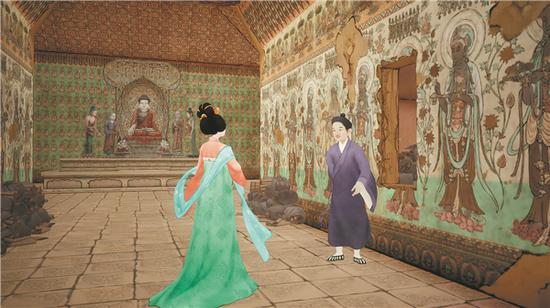
In the Digital Library Cave program, users can interact with eight non-player characters, all based on real historical figures, including Wang Yuanlu, the Taoist priest who discovered the Library Cave in 1900. The cave had remained out of sight for almost 1,000 years. (Photo provided to China Daily)
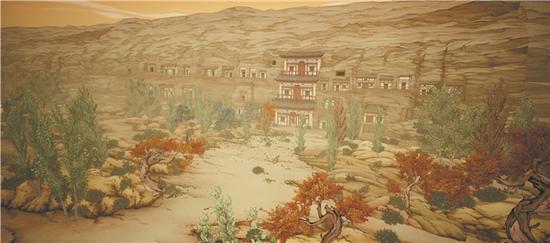
The digital program has reproduced the 1,600-meter-long external cliff face of the Mogao Caves that is accurate to the millimeter. (Photo provided to China Daily)










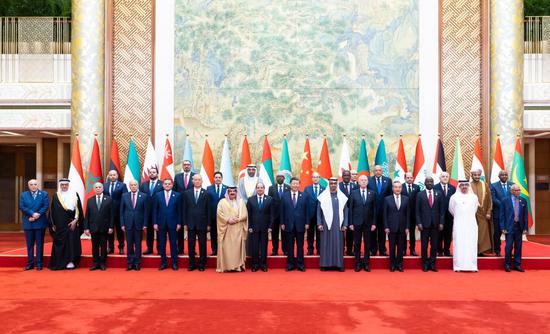

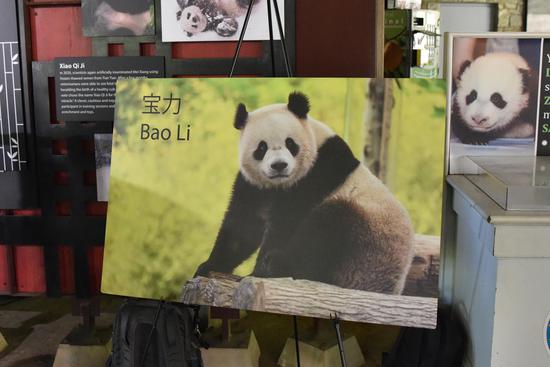






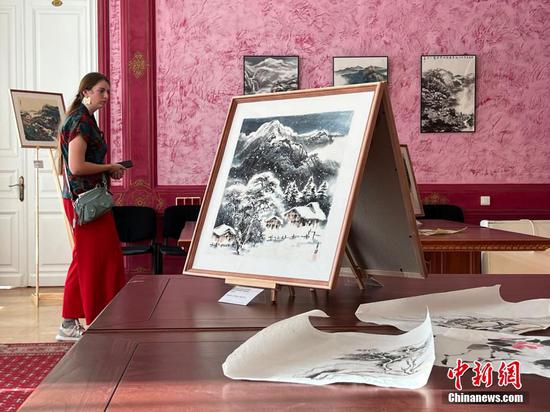


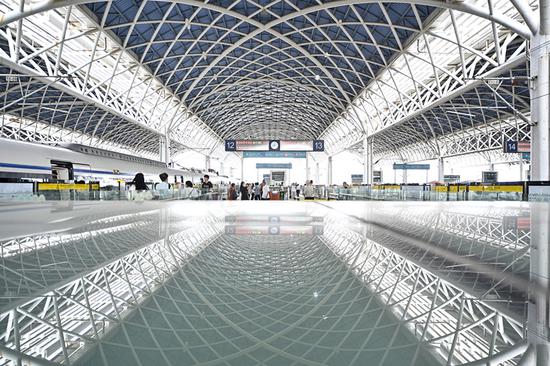
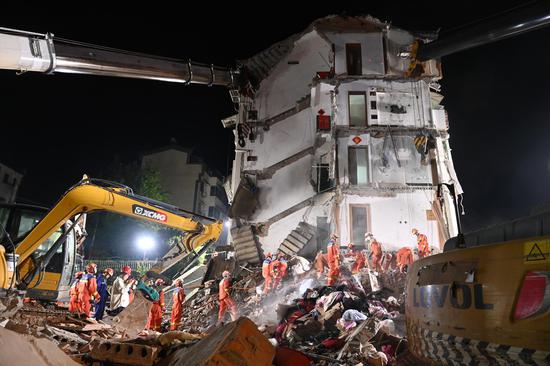
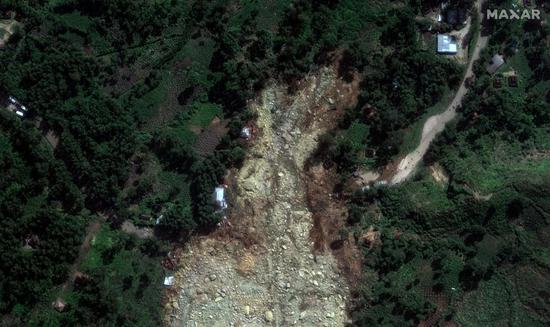






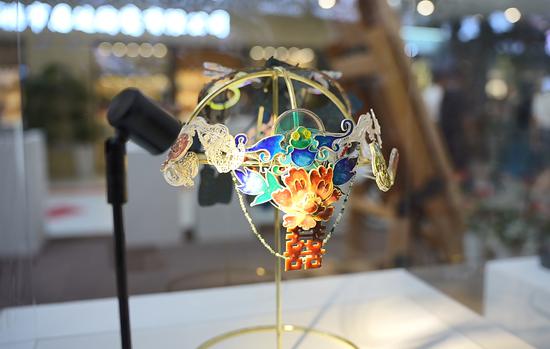
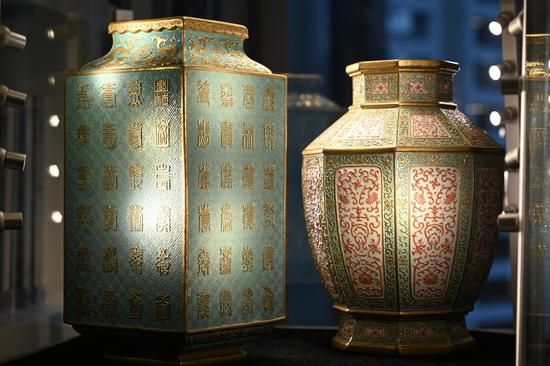








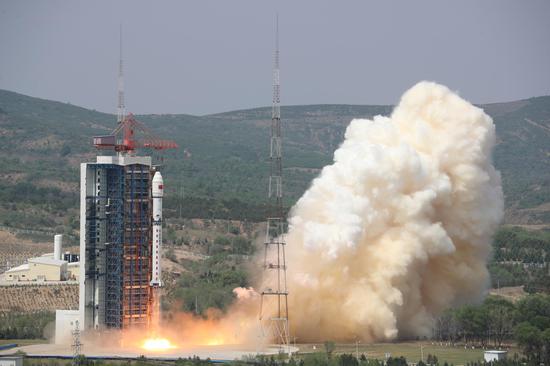






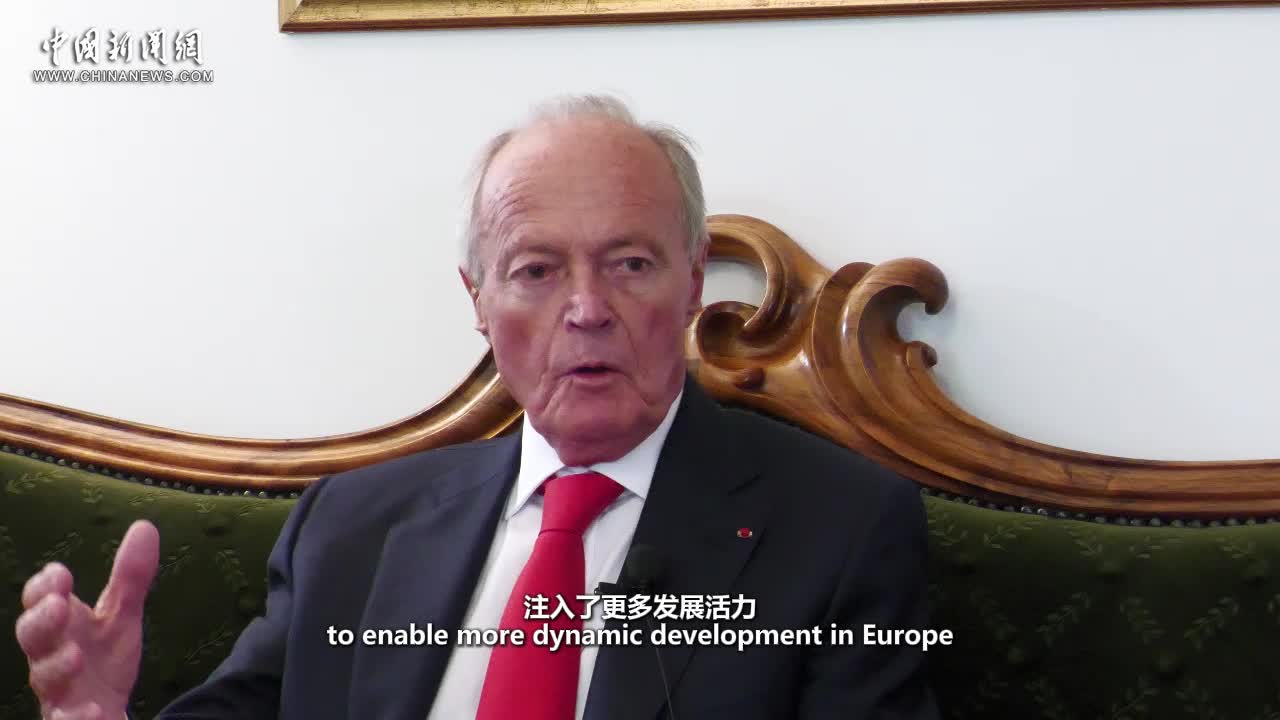

 京公网安备 11010202009201号
京公网安备 11010202009201号